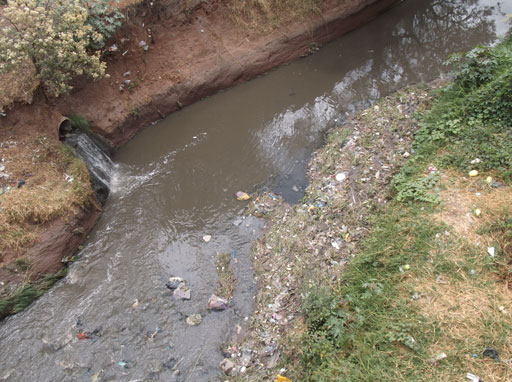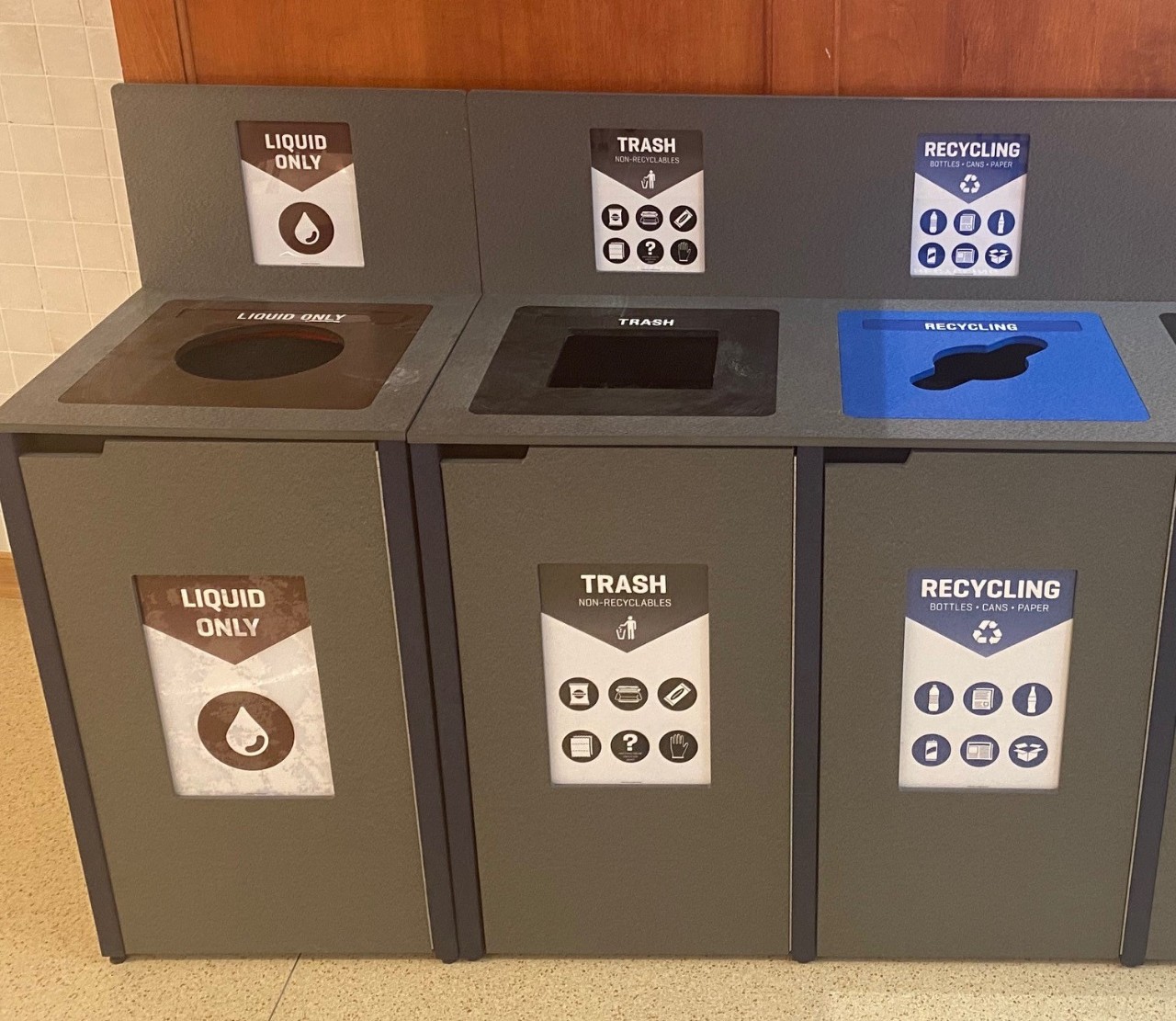Reputable Liquid Waste Disposal Melbourne: Safe and Reliable Providers
Just How Liquid Garbage Disposal Functions: An In-depth Summary of Methods and Technologies Used

Summary of Liquid Waste Types
The intricacy of fluid waste types requires a complete understanding of their features and effects for disposal. Fluid waste can broadly be categorized into numerous kinds, including industrial, community, agricultural, and hazardous waste. Each group shows unique residential properties, calling for certain administration techniques to mitigate ecological and wellness dangers.
Industrial liquid waste stems from making processes and frequently contains a variety of pollutants, such as heavy steels, solvents, and natural compounds. Metropolitan fluid waste, mainly comprising wastewater from houses and industrial establishments, consists of raw material, nutrients, and microorganisms (industrial wastewater treatment). Agricultural liquid waste, consisting of runoff from ranches, may consist of fertilizers, chemicals, and pet waste, posing threats to water high quality and communities
Dangerous fluid waste is identified by its toxicity, reactivity, or possible to cause damage. Recognizing these varied fluid waste types is important for creating reliable disposal methods and guaranteeing conformity with ecological laws.
Physical Treatment Methods

Testing is the preliminary step, where bigger bits and debris are eliminated from the liquid waste using screens or grates. This procedure shields downstream tools from damages and guarantees smoother operation. Following testing, sedimentation makes use of gravitational force to separate solids from fluids. In sedimentation containers, much heavier particles settle near the bottom, creating a sludge layer, while the cleared up liquid can be more dealt with.
Filtration is an additional necessary technique that entails passing the fluid through permeable materials, such as sand or membrane layers, to catch smaller sized bits. This step improves the quality of the fluid, making it suitable for succeeding treatment procedures.

Chemical Therapy Techniques
Chemical therapy techniques are crucial for efficiently managing liquid waste, particularly in attending to dissolved and colloidal pollutants that physical methods may not adequately eliminate. These strategies utilize numerous chemical agents to reduce the effects of, speed up, or transform dangerous compounds into less unsafe kinds.
One usual approach is coagulation and flocculation, where chemicals such as alum or ferric chloride are included in promote the gathering of suspended particles. This procedure boosts sedimentation, allowing for much easier elimination of the resulting sludge. Additionally, oxidation processes, utilizing representatives like chlorine or ozone, are used to break down complex organic substances and virus, rendering the waste safer for discharge or additional treatment.
Neutralization is one more important technique, which adjusts the pH of acidic or alkaline waste streams to neutral levels, stopping prospective injury to downstream systems and the setting. Furthermore, advanced oxidation processes (AOPs) utilize combinations of oxidants and ultraviolet light to deteriorate consistent contaminants, accomplishing a greater degree of therapy effectiveness.
Organic Treatment Processes
Biological treatment processes play an important function in the monitoring of liquid waste by using bacteria to disintegrate raw material and minimize pollutant levels. These processes can be broadly categorized right into anaerobic and cardio therapies, each utilizing particular microbial communities to achieve reliable waste destruction.
Cardio treatment involves the use of oxygen to facilitate the failure of natural materials by bacteria. This procedure is generally carried out in triggered sludge systems, where aeration tanks give a favorable atmosphere for microbial growth, leading to the oxidation of natural contaminants. The resultant biomass can be separated from treated effluent via sedimentation.
In contrast, anaerobic treatment takes place in the absence of oxygen, counting on various bacteria to damage down organic issue. This technique is particularly useful for high-strength waste, as it generates biogas, a renewable energy resource, while decreasing sludge manufacturing. Technologies such as anaerobic digesters are often employed in metropolitan and industrial applications.
Both anaerobic and cardiovascular organic treatments not just lessen the environmental effect of fluid waste however additionally assist in source healing, making them important parts of sustainable waste administration strategies. Their performance, adaptability, and effectiveness sustain their widespread application throughout numerous industries.
Arising Technologies in Disposal
Innovative methods to liquid garbage disposal are swiftly evolving, driven by improvements in modern technology and an enhancing emphasis on sustainability. Among these arising modern technologies, membrane layer bioreactors (MBRs) have gained traction for their capability to integrate organic therapy with membrane layer purification, resulting in top quality effluent that can be reused in different applications. MBRs allow smaller sized impacts and a lot more reliable procedures contrasted to typical systems.
An additional encouraging growth is the usage of anaerobic food digestion incorporated with nutrient recuperation modern technologies, which liquid waste removal melbourne not just deals with fluid waste yet additionally produces biogas and recuperates useful nutrients like nitrogen and phosphorus. This double benefit improves resource efficiency and minimizes environmental influence.
Additionally, advanced oxidation procedures (AOPs) are being adopted for the destruction of intricate natural pollutants. These methods make use of effective oxidants and drivers to break down contaminants at the molecular degree, supplying an extremely efficient option for difficult waste streams.
Furthermore, the integration of artificial knowledge and equipment discovering in waste administration systems is optimizing functional effectiveness and predictive upkeep, resulting in reduced prices and enhanced environmental conformity. These innovations reflect a substantial shift in the direction of even more sustainable and reliable liquid waste disposal methods.
Conclusion
To conclude, efficient fluid waste disposal demands a comprehensive understanding of numerous methods and innovations. The integration of physical, chemical, and organic treatment approaches guarantees the effective administration of varied waste types. In addition, the emergence of cutting-edge modern technologies boosts treatment efficiency and promotes sustainability in waste administration techniques. By constantly progressing these methods, it comes to be possible to attend to the growing obstacles linked with liquid waste, eventually adding to environmental defense and source recovery.
Liquid waste disposal is an important i thought about this facet of environmental administration, calling for a thorough understanding of various strategies and innovations tailored to various waste types. Fluid waste can extensively be classified into numerous kinds, consisting of commercial, local, farming, and dangerous waste. Agricultural fluid waste, including drainage from ranches, might contain fertilizers, pesticides, and animal waste, positioning risks to water high quality and communities.
Numerous physical treatment techniques play a vital duty in taking care of liquid waste successfully - industrial wastewater treatment.In verdict, effective liquid waste disposal demands a thorough pop over here understanding of numerous techniques and innovations